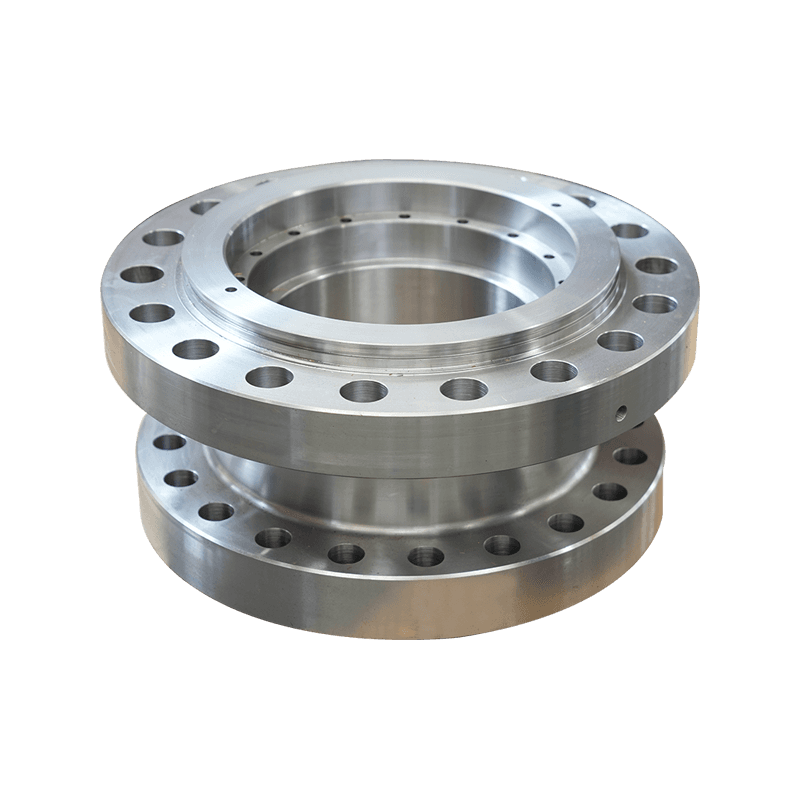The demanding environment of the sea—characterized by corrosive saltwater, constant motion, and extreme weather—requires components of exceptional strength and durability. In this crucial context, machined marine fittings stand out as essential hardware, providing the robust connections and functional integrity required for safe and reliable maritime operations, from small pleasure craft to large commercial vessels.
What Defines Machined Marine Fittings?
Machined marine fittings are components produced through subtractive manufacturing processes, primarily CNC (Computer Numerical Control) machining. Unlike cast or forged parts, which are shaped using molds or intense pressure, machined parts are created by precisely cutting and shaping material from a solid block or billet. This process yields several critical advantages for marine applications:
-
Superior Precision and Tolerance: CNC machining can achieve extremely tight tolerances and intricate geometries. This precision is vital for components that must fit together perfectly, such as those in rigging, steering systems, or deck hardware, ensuring smooth function and minimizing wear.
-
Enhanced Strength and Material Integrity: By starting with a solid billet of high-quality material, machining preserves the material's internal grain structure. This results in fittings with higher tensile strength and better resistance to fatigue compared to cast alternatives, which can sometimes harbor internal defects or porosity.
-
Optimal Surface Finish: The machining process can create a smooth, consistent surface finish. This is key for marine components, as it improves resistance to corrosion and reduces drag.
Materials of Choice for the Sea
The choice of material is paramount for any marine fitting, and machining allows for the use of premium, high-performance alloys. The most common materials for machined marine fittings include:
-
Stainless Steel (316 and Duplex Grades): Type 316 stainless steel is the industry standard for general marine use due to its excellent resistance to salt-water corrosion. For applications requiring even greater strength and corrosion resistance (e.g., in critical structural rigging), specialized Duplex stainless steels are often preferred.
-
Bronze and Brass Alloys: Highly valued for their superb corrosion resistance, strength, and pleasing aesthetic, alloys like Manganese Bronze are frequently used for propellers, seacocks, and specific deck hardware.
-
High-Strength Aluminum Alloys: Lightweight and strong, certain marine-grade aluminum alloys are machined for components where weight reduction is a priority, such as sailboat mast fittings and certain rail systems.

Applications in the Marine Environment
The scope of use for high-quality machined marine fittings is vast, touching nearly every aspect of a vessel:
-
Rigging and Sailing: Critical components like turnbuckles, shackles, tangs, and mast bases demand the strength and precision that only machining can provide. Failure in these areas is often catastrophic, making the integrity of the machined part non-negotiable.
-
Deck Hardware: Items such as cleats, hinges, fairleads, and custom rail mounts are often machined to ensure secure, flush mounting and reliable operation under heavy loads and continuous exposure.
-
Engine and Propulsion Systems: Precision-machined parts are indispensable for propeller shafts, couplings, rudder stocks, and specialized valve bodies where tight tolerances are necessary for high-speed operation and pressure containment.
In essence, the investment in machined marine fittings represents a commitment to safety, longevity, and performance, ensuring that a vessel's critical hardware can withstand the relentless rigors of the open water.

 English
English русский
русский
